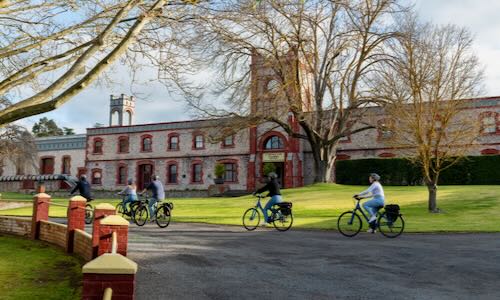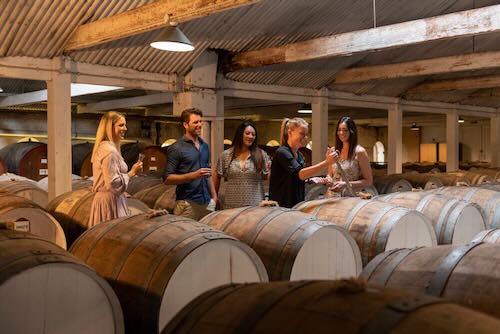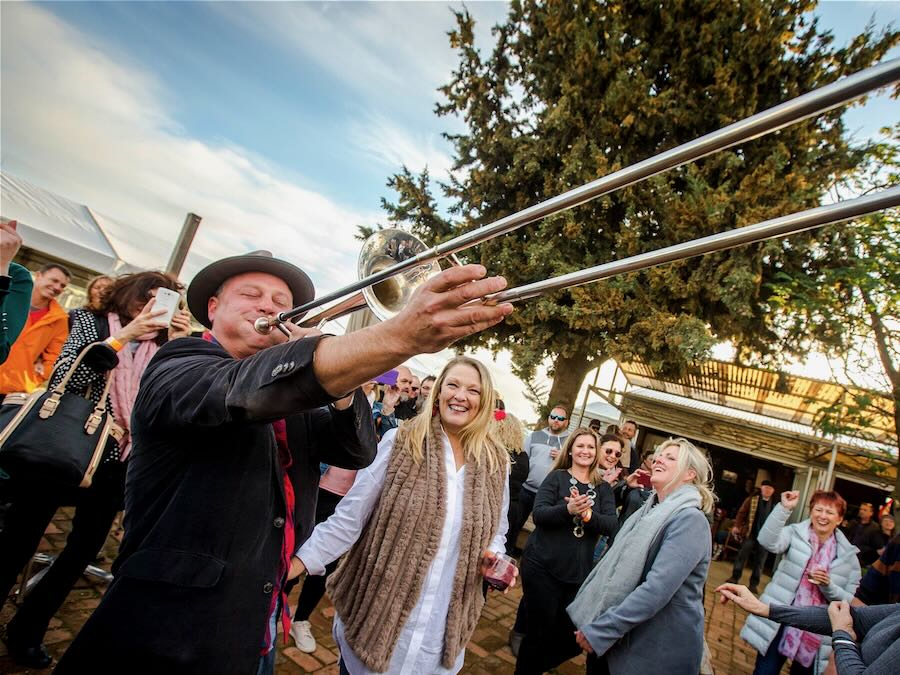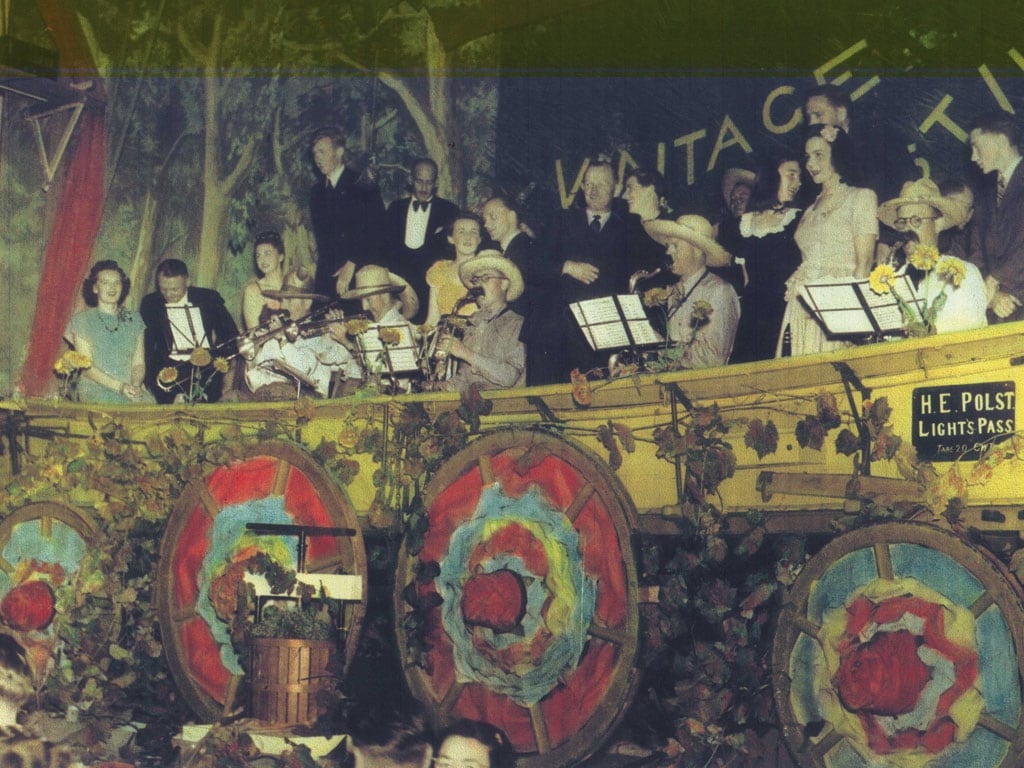Barossa 2022 Vintage Report
By Brooke Howell, Yalumba Vineyard Manager & Viticulturist
Barossa Valley
Winter rainfall for 2021 totalled 256mm, which was 48% above average. July recorded rainfall 114% above average with rain recorded on 23 days for the month, whilst June was 36% above average and August was similar to the long-term mean. The wet winter was welcomed after the previous 3 years where the rainfall tally did not reach 200mm.
The 2021 winter was the wettest winter recorded at Nuriootpa Weather Station since 1996. October and November also presented rainfall totals above average. Some windy and damp weather in November lead to a poor set in some varieties and vineyards. December produced rainfall that tallied only 8% of the long-term average, typical of summer. The forecast and expected summer rains from La Nina did not eventuate, to most growers’ relief.
A large rain event at the end of February was welcome relief after another dry summer which assisted in freshening up the vines leading into harvest. Growing season rainfall (Oct-Mar) was 22% below average, recording 172mm.
Maximum temperatures were below average for the beginning of the growing season with October being 0.85°C below average and November 2.15°C below the long-term mean. Similarly, October’s overnight temperature was 0.93°C below average. In contrast, the minimum temperature for November was 3.04°C above average and was the warmest minimum for November since 2017.
January also had a warmer than average minimum temperature by 2.5°C, whilst the maximum was 0.55°C above average. During February as the grapes entered their final ripening period weather conditions were balmy and below average. There were 11 days where the temperature exceeded 35°C, and only one period where there were 3 consecutive days above 35°C but the temperature did not reach 40°C this summer at Nuriootpa.
The statistics for the region as a whole for the growing season do not capture the full story, as the season was anything but average for many, which makes it impossible to talk in generalities. There were isolated pockets of frost in spring, affecting yield. The rains that did fall in spring and summer were very isolated but heavy where they did fall and non-existent for other vineyards.
On 28 October there was a severe hailstorm that decimated some vineyards as it came through the central Barossa Valley. Many vines lost whole shoots and bunches with cane pruned vines being the most affected. The vines recovered a few weeks later and secondary shoots grew but these were typically less fruitful than primary shoots. The bunches that remained for the most part were relatively unscathed with good set, despite marks and minor damage to the shoots. However, harvest was delayed as the fruit developed later and there was second crop present.
On 28 February another severe storm came through the Barossa, this time hitting some of the northern vineyards, bringing more damaging hail and rain.
The ongoing resilience of growers has seen them rewarded for the efforts this year. Some affected by the early hail have ripened second crop successfully, some even had average to above average crops in some varieties such as Grenache. Fruit from the later varieties and sites were picked in early May.
Winemakers are talking about V22 wines as elegant and structured, with depth and length of flavour.
Eden Valley
Like the neighbouring Barossa Valley, the weather statistics for the Eden Valley were close to average overall but varied considerably across the region. Winter was wet, welcomed by all after a dry couple of years as the dams and soils filled. Good falls of over 100mm were recorded in both June and July, with July being 70% higher than average. Rainfall was also good in October and November, meaning soil moisture in the profile was at field capacity and the beginning of the irrigation season could be delayed until December. There was some rainy and windy weather in November as fruit set, causing lower than average yields for most. Growing season rainfall was 12% below average, in part due to a very dry December, February and March where less than 10mm was recorded for each month.
Maximum temperatures for the beginning of the season were generally on average or slightly below. October and November recorded maxima 1.3°C and 2.4°C below average respectively. This trend continued into summer with the absence of warm days, February’s maximum temperature was 1.1°C below average, which was similar to the previous 2 years. Minimum temperatures followed a similar trend with October and November being 1.5°C and 1.8°C cooler than average. October had 4 days where the overnight temperature reached double digits, whilst November had 9 nights, which contributed to the lower-than-average temperatures.
January was 1.2°C warmer overnight than average which was due in part to the few days where the maximum was over 35°C. However, February was cooler than average by 1.1°C. These mild conditions provided perfect ripening conditions as the fruit moved through veraison. With the absence of severe heatwaves, the acid held in the grapes for a prolonged period and resulted in a vintage that was less compressed than previous years, lowering the stress levels of winemakers and viticulturists alike.
The 28 October storm that damaged parts of the Barossa Valley also hit some vineyards in Eden Valley. Those the hail missed, and some it didn’t, have ripened low but intense crops that have delicious flavours and delightful natural acidity.
Sources
SA Wine Grape Crush Survey, Vinehealth Australia and ‘Barossa Vintages: a wine history from 1842’, Peter Fuller









